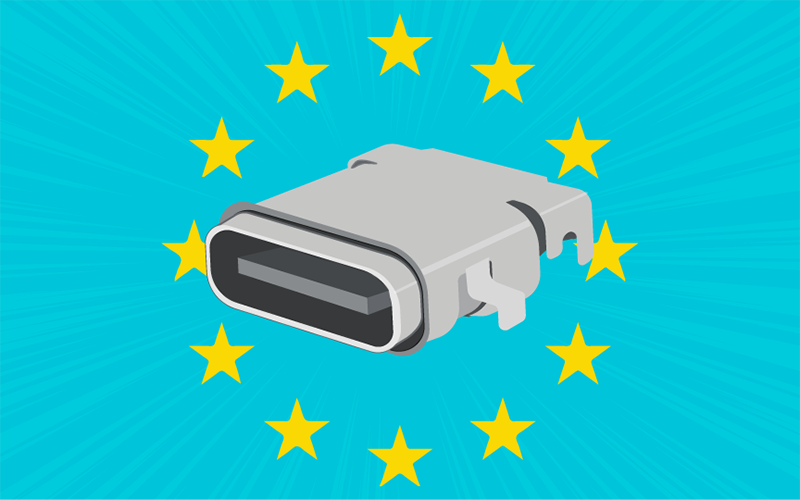In the ever-evolving landscape of technology, one innovation has taken centre stage for its remarkable versatility, capabilities, and widespread adoption – USB Type C. This compact and reversible connector has revolutionised the way we transfer data and charge devices, offering faster data transfer speeds and power delivery options.
At the same time, when USB Type C connectors were introduced in 2014, they were added to a long list of different types of connectors available in the market. From dc power connectors to other types of USB connectors, OEMs of consumer electronic devices have a range of options. This has resulted in consumers often needing a different type of charger every time they purchase a new device, further increasing the amount of e-waste as a byproduct.
It is clear connector standardisation is needed to help streamline device charging for consumers and stymie skyrocketing e-waste. The European Union (EU) is spearheading the effort with their upcoming common charger laws that rely on USB Type C technology. In this blog post, we delve into the journey of USB Type C standardisation within the EU, exploring its significance, key timelines, and potential impact. Migrating designs to USB Type C will be critical for OEMs who sell to end customers in Europe and plan to strategically future-proof their products if USB Type C standardisation soon applies to other regions and applications.
You can read the full blog, Ready or Not – USB Type C Standardisation is Coming, on the Same Sky website.




